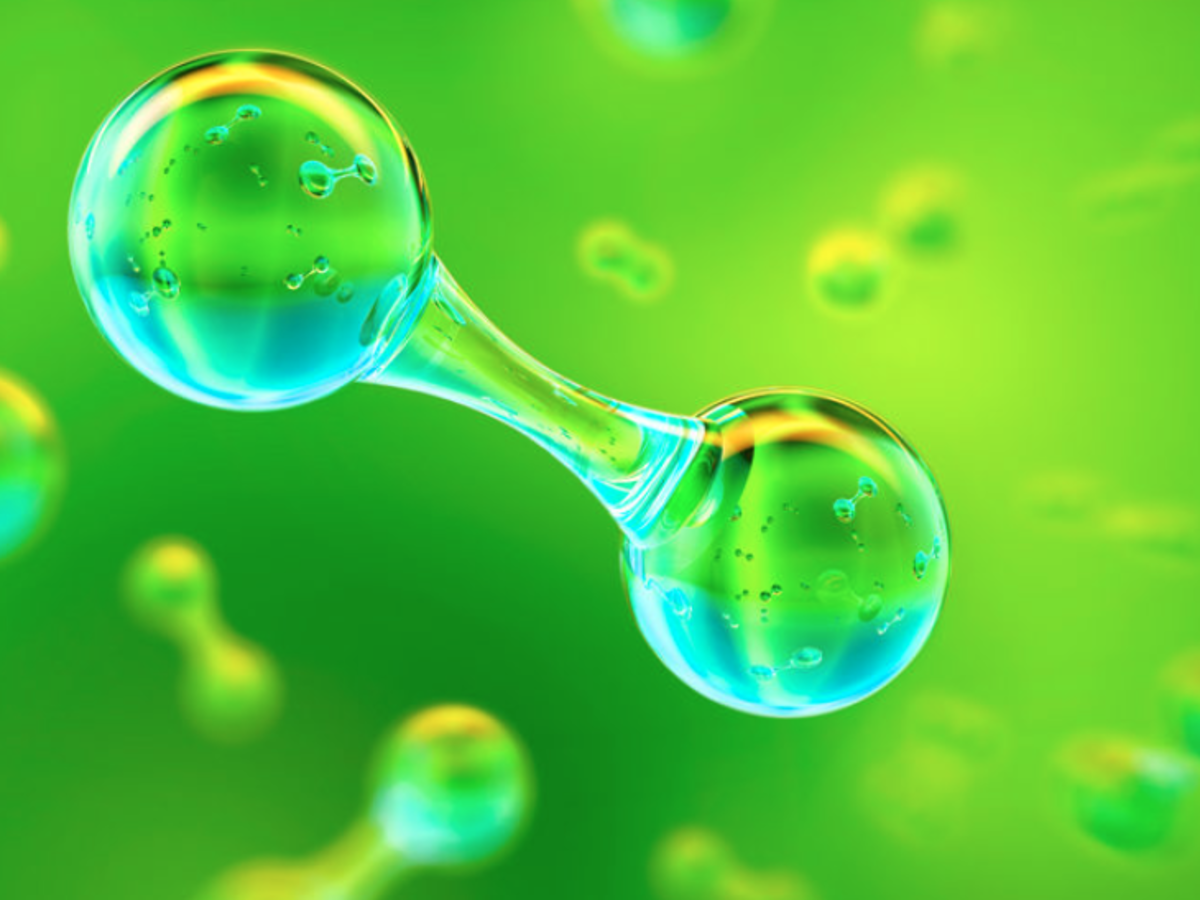Green Hydrogen Policy
India’s new green hydrogen policy was unveiled, promising cheaper renewable energy, a 25-year fee waiver for inter-state power transmission for projects completed before June 2025, land in renewable energy parks, and mega manufacturing zones to help local industries move away from fossil fuels.
Overview:
The policy aims to boost green hydrogen and ammonia, also making it easier for green power producers to ‘bank’ their surplus renewable energy with an electrical distribution business for up to 30 days. It also proposes the construction of bunkers near ports for the storage of green ammonia for export.
Importance of Green Energy for India
The race for green energy takes is very important as the ongoing Russia-Ukraine crisis has pushed up energy prices around the world, particularly in India, which imports 85 percent of its oil and 53 percent of its natural gas. A transformation to large-scale hydrogen fuel use could assist India’s geopolitical influence as well as its energy security. India’s strategy is to use its vast landmass and low solar and wind tariffs to manufacture low-cost green hydrogen and ammonia for export.
Domestic boost caused by the policy
Any new renewable energy facilities built to produce power for green hydrogen generation before July 2025 will receive 25 years of free power transmission under the new policy. This move is projected to make green hydrogen production more cost-effective for users of hydrogen and ammonia, such as the fertilizer, oil refining, and steel industries.
Incentives to be provided under this policy
A single portal will be created by the government for all green hydrogen production clearances, as well as facilities so that excessive energy production can be stored with discoms for up to 30 days and use it as needed. Energy plants that create green hydrogen/ammonia will be granted priority access to the grid.
Under this policy, power distribution industries may also acquire renewable energy to supply green hydrogen manufacturers, but only at a reduced rate that includes only the wheeling costs, cost of procurement, and a small margin defined by the state commission.
About Green Hydrogen
Green hydrogen is created by electrolysis of water, which is a technique for separating water into hydrogen and oxygen and can be done with renewable energy.
About Green Ammonia
Ammonia is a gas used in the production of agricultural fertilizers. Green ammonia is produced by using hydrogen from water electrolysis and nitrogen from the air.
Month: Current Affairs - February, 2022
Category: Environment Current Affairs • Government Schemes Current Affairs


